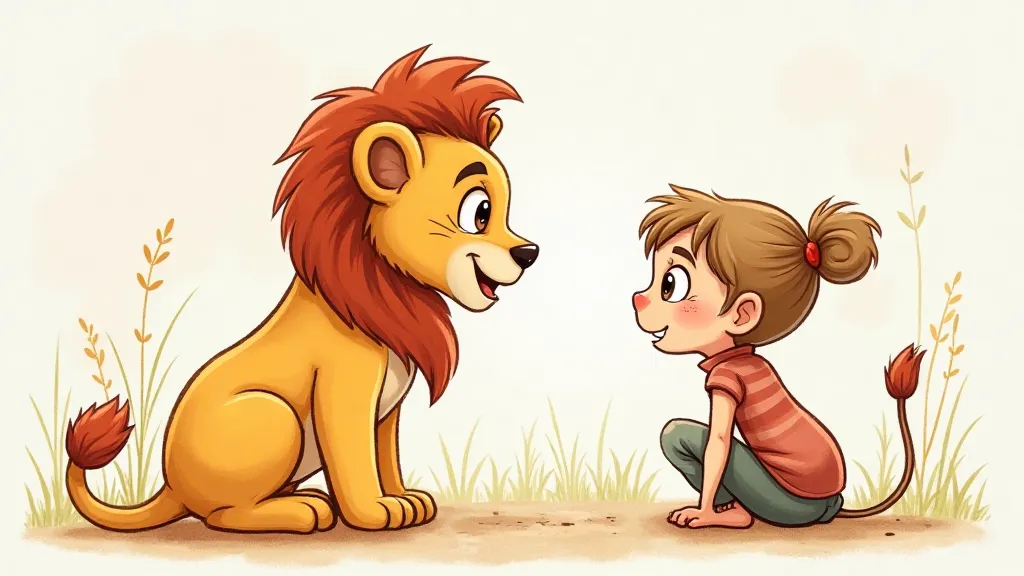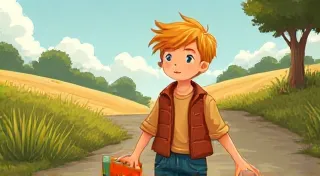‘The Happy Lion’ by Louise Fatio: A Story of Acceptance and Understanding
‘The Happy Lion,’ published in 1953 and illustrated by Kurt Wiese, is a charming and enduring piece of children’s literature that often gets overlooked in discussions of classics. While not a truly "rare" book in the sense of being exceptionally scarce, its gentle message and beautifully rendered illustrations make it a jewel in the crown of vintage children’s literature. This article explores the story’s appeal, its themes of acceptance, and its lasting relevance for young readers.

The Story: A Lion’s Lonely Plea
The story follows a lonely lion named Leo who believes no one likes him because he roars. He thinks he's too frightening and that his roar keeps everyone away. He tries desperately to change—he attempts to purr like a kitten, meow like a cat, and even neigh like a horse—but nothing works. He’s just Leo, a lion with a loud roar. The turning point comes when a little girl, Fiona, sees past Leo's roar and recognizes his sadness and genuine desire for connection. She shows him that his roar isn’t something to be ashamed of, but a part of who he is.
Themes of Acceptance and Understanding
‘The Happy Lion’ profoundly addresses the universal childhood experience of feeling different. Children often grapple with feeling excluded, whether due to shyness, a perceived difference, or simply a lack of confidence. Leo’s journey resonates deeply with those feelings. The book gently teaches that true connection isn't about changing who you are but about being accepted for who you are—roar and all. The story’s power lies in its simple yet potent message: genuine kindness and understanding can break down barriers and foster connection, even with someone who seems initially intimidating.
The Importance of Fiona
Fiona’s role is crucial. She represents the empathy and willingness to look beyond superficial appearances. Her acceptance of Leo isn't a grand gesture but a simple act of kindness—she chooses to see past his roar and recognizes the sadness within. This teaches children about the importance of empathy and the power of a single act of kindness to make a significant difference in someone's life. The book promotes a valuable lesson - not everyone is as they seem, and a little compassion can go a long way.

Louise Fatio and Kurt Wiese: A Perfect Partnership
Louise Fatio was a prolific writer of children’s books, known for her gentle and heartwarming stories. Her writing style is accessible to young readers while tackling complex emotional themes. Kurt Wiese's illustrations are equally significant. His detailed and expressive watercolors perfectly capture the characters' emotions and the vibrancy of the jungle setting. The combination of Fatio's storytelling and Wiese’s art created a truly memorable and endearing classic.
Lasting Relevance
Despite being published over seventy years ago, ‘The Happy Lion’ remains remarkably relevant today. The themes of acceptance, understanding, and overcoming fear are timeless. In a world that can sometimes feel overwhelming and isolating, Leo’s story offers a message of hope and reassurance—a reminder that true friendship and connection are possible for everyone, regardless of their differences. The book encourages children to embrace their individuality and to be kind and accepting of others.

Conclusion
‘The Happy Lion’ is more than just a charming picture book; it’s a valuable lesson in empathy, acceptance, and the importance of being true to oneself. It's a beautiful example of how vintage children’s literature can continue to inspire and resonate with young readers for generations to come, offering comfort and a gentle reminder that everyone deserves to be happy and accepted.





